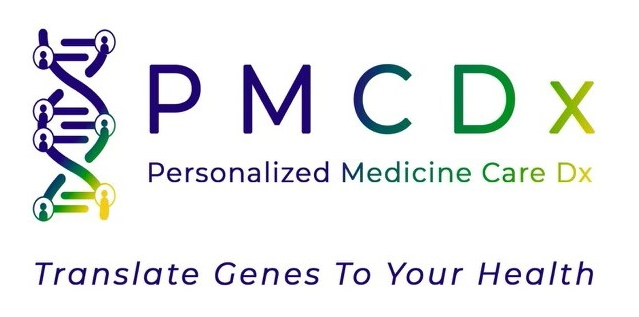Diseases Targeted:
Overview:
The Comprehensive Cardiomyopathy Panel examines 129 genes associated with hereditary cardiomyopathies, including hypertrophic cardiomyopathy (HCM), dilated cardiomyopathy (DCM), left ventricular non-compaction cardiomyopathy (LVNC), and hereditary arrhythmogenic right ventricular cardiomyopathy (ARVC).
Who is this test for?
Patients with a personal and/or family history suggestive of a hereditary cardiomyopathy. Red flags for hereditary cardiomyopathies can include, but are not limited to, episodes of chest pain, dizziness, fatigue, abnormal heart rate, shortness of breath, swelling of the extremities, and weight gain. Cardiomyopathies can affect patients of all ages.
What are the potential benefits for my patient?
Patients identified with a hereditary cardiomyopathy can benefit from increased surveillance and preventative steps to better manage their risks. Medical intervention can include lifestyle changes, medications, implantable devices, medical procedures, and surgery. Also, your patient’s family members can be tested to help define their risk. If a pathogenic variant is identified in your patient, close relatives (children, siblings, parents) could have as high as a 50% risk to also be at increased risk. In some cases, screening should begin in childhood.
